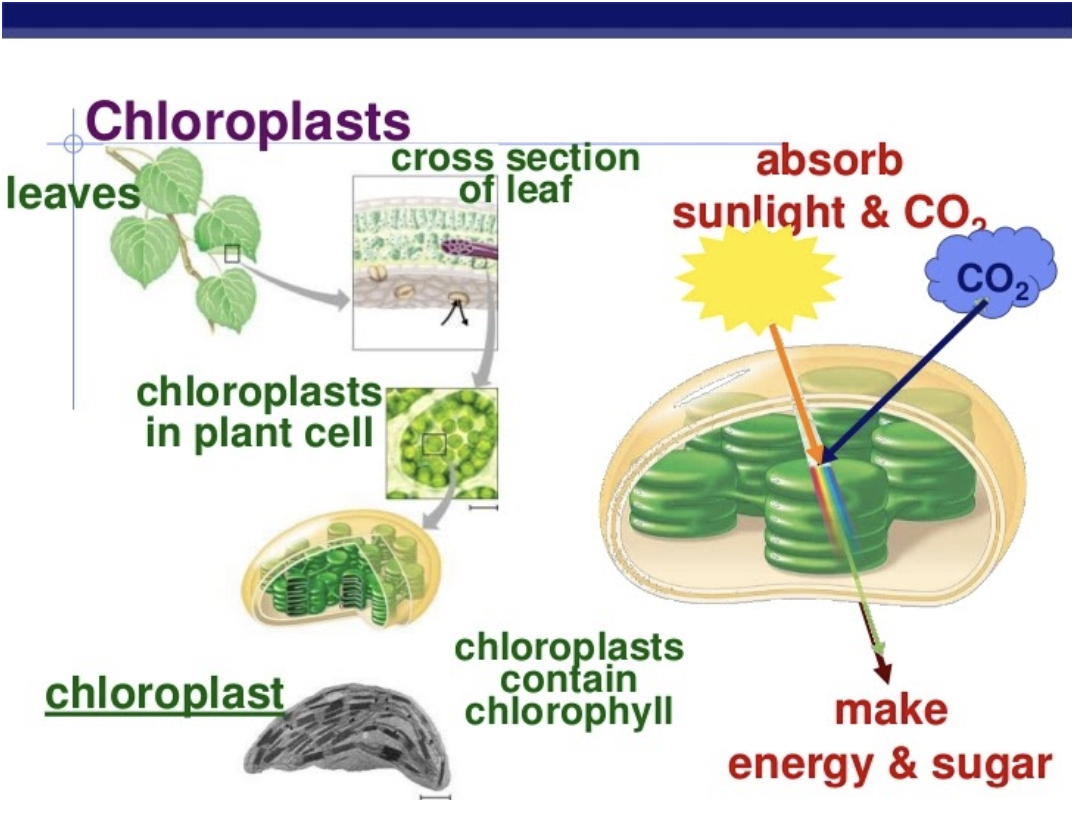How Does A Plant Make Chlorophyll. all plants, from clover to oak trees, use two special molecules that can interact with light for photosynthesis: They may ask, “how does a white leaf. Chlorophyll a and chlorophyll b. Like plants on land, phytoplankton use chlorophyll. In some plants, chlorophyll is derived from glutamate and is synthesised along a branched biosynthetic pathway that is shared with heme and siroheme.

chloroplast the chlorophyll pigment is found in cell organelle called chloroplasts. chlorophyll, which resides in the chloroplasts of plants, is the green pigment that is necessary in order for plants to convert carbon dioxide and water, using sunlight,. Composite image showing the global distribution of photosynthesis,. How Does A Plant Make Chlorophyll all plants, from clover to oak trees, use two special molecules that can interact with light for photosynthesis: Two new studies have revealed a. Like plants on land, phytoplankton use chlorophyll.
Photosynthesis Classroom Partners
Chlorophyll synthase is the enzyme that completes the biosynthesis of chlorophyll a: chlorophyll absorbs the light energy required to convert carbon dioxide and water into glucose. Chlorophyll a and chlorophyll b. It is found within chloroplasts in cells exposed to light. In some plants, chlorophyll is derived from glutamate and is synthesised along a branched biosynthetic pathway that is shared with heme and siroheme. chloroplast the chlorophyll pigment is found in cell organelle called chloroplasts. The carbohydrates produced are stored in or used by the plant. How Does A Plant Make Chlorophyll.